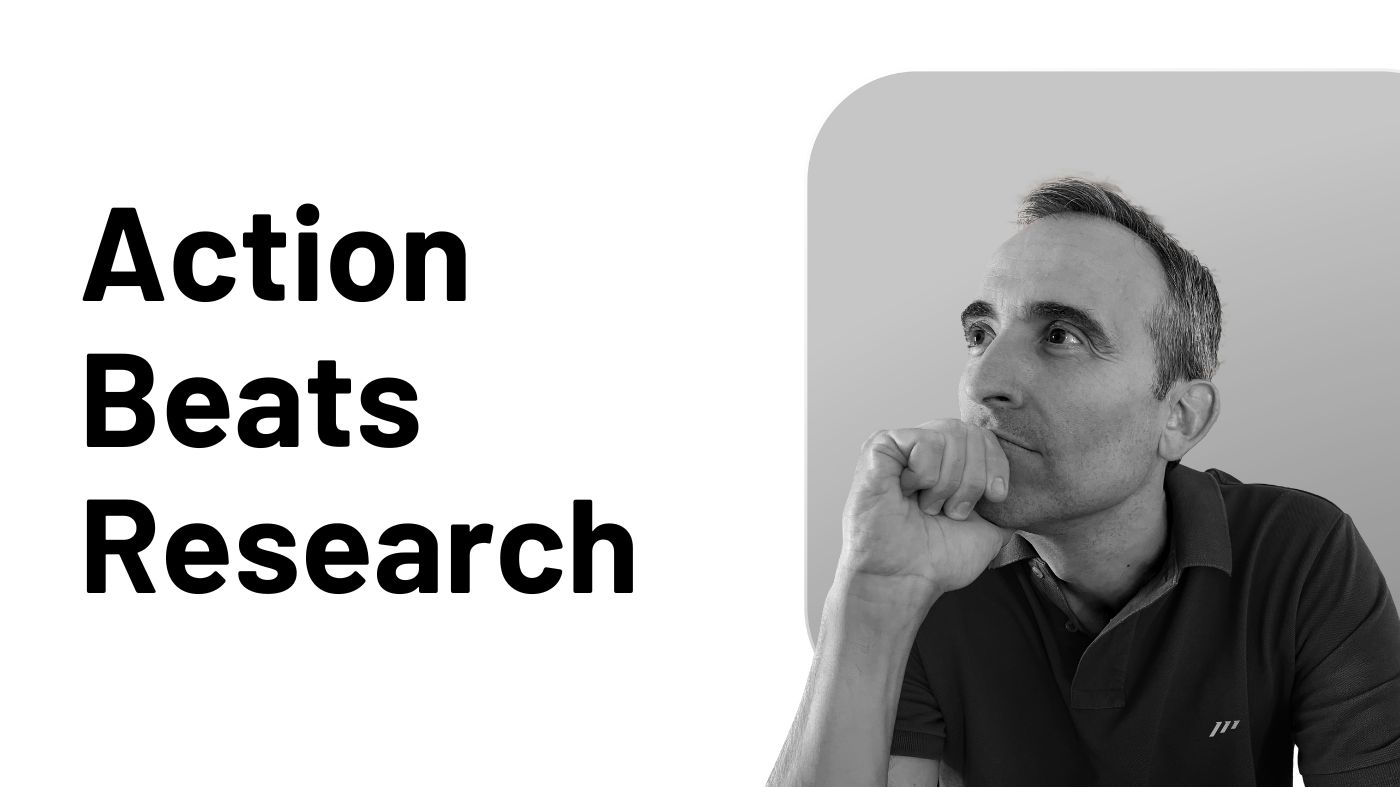In 1994, when I started studying to become an engineer in computer science, one of my teachers told me: a computer is a very stupid but very fast machine.
In 1996, Deep Blue, a supercomputer created by IBM, challenged Garry Kasparov, the world chess champion at that moment, beating him in 1997.
Maybe those machines weren’t so stupid.
Now, we have the GPT-3 boom. Everybody’s talking about it, and its servers collapsed, having to shut down the service temporarily.
Most note-taking apps have launched AI overnight, but Mem has been in this field for much longer.
Here, I share their approach to understanding the difference so you can get more out of it.
Let’s dive in!
What Is OpenAI?
Let’s start by explaining the origin of this story so you get the whole picture in case you’re new to this AI world.
OpenAI is an American artificial intelligence research laboratory founded in 2015 by Sam Altman, Elon Musk, and others.
In 2019, OpenAI received a US$1 billion investment from Microsoft and Matthew Brown Companies.
So, let’s stop calling it a laboratory, and let’s state it’s a business, a company to make money (sooner or later).
What Is GPT-3?
GPT-3 stands for Generative Pre-trained Transformer 3.
It’s a software created by OpenAI that uses deep learning to produce human-like text. Given an initial text as a prompt, it’ll produce text that continues that prompt.
After trying it myself, its like having a conversation with an interesting person.
Microsoft announced on September 22, 2020, that it had licensed exclusive use of GPT-3; others can still use the public API to receive output (that’s what most note-taking apps are doing), but only Microsoft has access to GPT-3s underlying model.
Why Mem’s Approach Is Quite Different from Competitors?
In April 2021, Mem raised $5.6 million.
That, combined with their approach to AI, caught my eye.
It was the first note-taking app I knew that focused on AI as a key element of its development.
Since then, in my opinion, they’ve been outliers, always being different from competitors’ approaches.
After this GPT-3 boom, they keep being different.
Instead of just using generic outputs from GPT-3 (what most note-taking apps do), Mem personalizes its AI assistant to your personal content.
That means Mem adapts GPT-3 and other underlying models to the content stored inside your Mem.
That guarantees the results you receive are pretty exclusive to your needs, how you express yourself, and what you want to deliver.
They build a personal knowledge graph for every user/team in the background and leverage that to help answer questions/retrieve information that no other product is currently capable of.
At least, I don’t know of any other note-taking app with this approach.
So, imagine the results this AI brings to the table: the best of the outer world + the best of the inner world (your world).
That’s why I keep betting on Mem as my main note-taking app.
They’ve always been one step ahead and keep pushing hard after each release.
Conclusions
Were entering a totally new AI tech world.
GPT-3 has 175 billion parameters. GPT-4 supposedly will have 100 trillion parameters.
What kind of outcomes will you be able to create with this technology?
I can’t wait for it!




